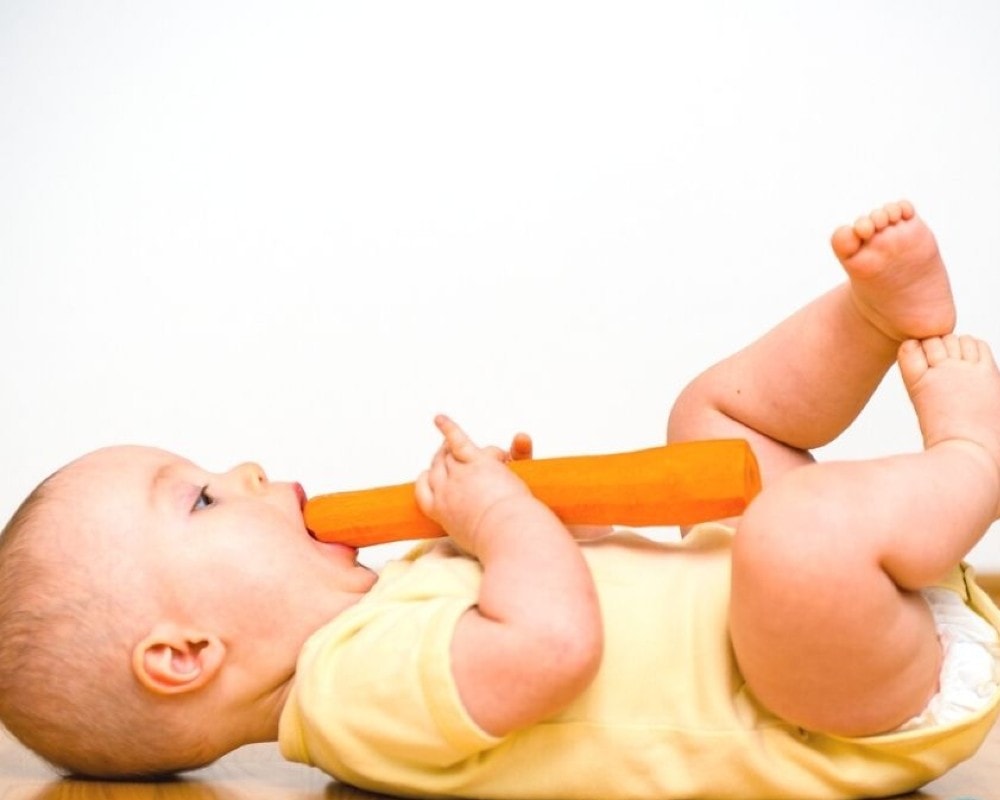It’s common for new parents to make a frantic call to their pediatricians when they find out about new symptoms in their infants. While these irregular symptoms sometimes can call for true emergencies, surprisingly, many of them aren’t at all dangerous. Rapidly changing hormones and physical immaturity can make a newborn’s body react in many unpredictable ways. Here are a few scary-looking but normal baby symptoms to put your mind at ease.
Twitching During Sleep

If your baby twitches or jerks during sleep, even uncontrollably, it’s totally harmless if it stops instantly when the baby awakes. According to pediatricians, these seizure-like symptoms are a harmless phenomenon named benign sleep myoclonus. Pediatric neurologist Dr. Michael Zimbric explains that the immature nervous systems in babies make their movements even more uncoordinated during sleep, but it’s entirely harmless.
Abnormal Breathing and Stuffy Nose
We always link symptoms like a stuffy nose or abnormal breathing with a cold. But in the case of infants, congested sound and breathing is a normal form of stuffiness, which is caused by the estrogen hormone stimulating the nasal passages. This condition usually subsides within two months, whether the baby is formula-fed or breastfed. By six months, a baby’s nasal passages double in size, alleviating the stuffiness.
Mildly Erratic Breathing
Symptoms during sleep like intermittent or mild erratic breathing in a baby can look alarming. But in reality, irregular or periodic breathing is quite common in infants. As pediatricians explain, babies generally breathe faster, as they have smaller lungs compared to their bodies. They also have underdeveloped chemical sensors that detect CO2 in our bodies. So, sometimes they pause breathing until the CO2 levels are high enough to trigger those sensors to work.
Chest Lumps
If you ever notice a warm red lump on the chest of your newborn baby, don’t panic! Symptoms like chest lumps can form in both infant boys and girls and are caused by estrogen. The excess estrogen level falls in a baby after birth, making the milk-producing hormone prolactin increase temporarily. This results in mild breast growth, often on just one side, in at least 50% of healthy newborns. It vanishes within the first month or lasts for three months.
Orange-Hued Skin

If your baby’s skin suddenly turns orange-shaded, it’s a common phenomenon named carotenemia, which doesn’t affect adults. This is caused by eating a lot of beta-carotene-rich veggies like carrots and sweet potatoes, mashed or pureed. It also comes with several non-orange veggies like broccoli and spinach. The color will fade as your baby’s diet changes.